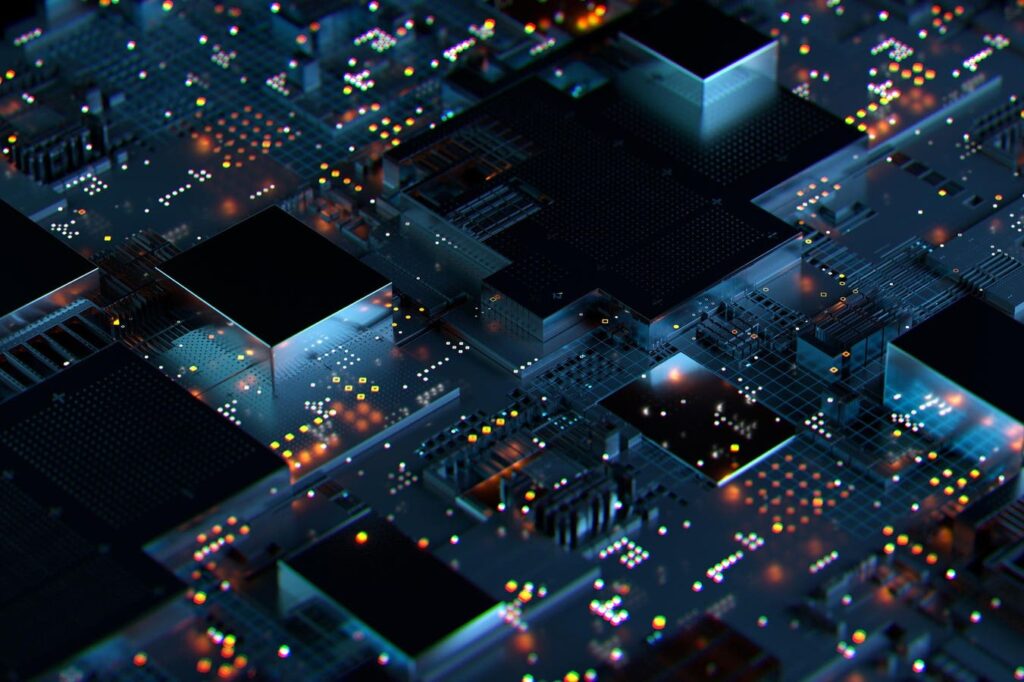Danny Hayes II is the CEO of TerraScale Inc.
With the increasing frequency and severity of natural disasters due to climate change, it’s a good time for businesses and governments to rethink their infrastructure strategies to ensure continuity and sustainability.
Through my experience working in the digital infrastructure sector, I have observed how traditional centralized data centers are proving vulnerable to both natural and man-made disruptions, prompting a shift toward more resilient, disaster-proof infrastructure. Among the promising solutions are modular data centers and smart infrastructure, which offer flexibility, rapid deployment and enhanced resilience in the face of increasingly unpredictable events.
The Growing Need For Disaster-Resilient Infrastructure
The effects of climate change are becoming more apparent as wildfires, hurricanes, floods and heatwaves increase in frequency and intensity. The U.S. alone faced 27 natural disasters that reached damages of $1 billion or more in 2024, for a total economic cost of $182.7 billion. And these events are expected to continue or worsen in the coming decades. The global cost of climate change damage is estimated to be between $1.7 trillion and $3.1 trillion per year by 2050 if current trends continue.
The increasing vulnerability of critical infrastructure, including data centers, highlights the need for disaster-resilient designs. Data centers are the backbone of the modern economy, housing everything from business-critical applications to sensitive personal information. However, many traditional data centers are concentrated in high-risk regions, leaving them exposed to natural disasters.
With the world becoming more digital, the need to ensure these infrastructures remain operational in times of crisis is paramount. Modular data centers, which offer flexibility in design and location, are poised to play a critical role in this shift.
Modular Data Centers
Modular data centers are prefabricated units that can be assembled quickly and easily, allowing for rapid deployment. Unlike traditional data centers that require long construction timelines and large capital expenditures, modular systems can be deployed in a matter of weeks, reducing downtime and operational risks during a disaster. They are designed for scalability, allowing companies to expand or relocate as needed.
One of the key advantages of modular data centers is their disaster resilience. Since these data centers can be deployed in multiple locations, businesses can ensure their data is stored and processed in geographically diversified sites, reducing the impact of a single disaster.
The key features of modular data centers for disaster resilience include:
• Geographic redundancy: Multiple, distributed sites reduce the risk of data loss or service disruption during natural disasters.
• Energy efficiency: Modular data centers are designed to be energy-efficient, which means they can help reduce operational costs while minimizing environmental impact.
• Scalable and flexible: These centers can be expanded to meet growing data demands or relocated in response to environmental or geopolitical risks.
The Role Of Smart Infrastructure In Disaster-Proofing
In addition to modular data centers, smart infrastructure plays an essential role in creating resilient communities. Smart infrastructure integrates technologies such as IoT sensors, AI-driven systems and predictive analytics to monitor and manage the health of critical infrastructure in real time. This technology allows for early detection of potential threats, such as flooding, fires or earthquakes, and enables proactive measures to safeguard infrastructure.
For example, IoT-based monitoring systems can be deployed in data centers to track factors such as temperature, humidity and structural integrity. These systems can trigger cooling mechanisms or alert maintenance teams if conditions exceed safe limits, preventing potential damage. Similarly, AI-based systems can analyze data from weather patterns, seismic activity and other sources to predict and prepare for disasters before they occur.
Smart infrastructure can play a critical role in energy management during a disaster. By integrating renewable energy sources and battery storage, modular data centers can maintain operations even during power outages caused by storms or grid failures.
What Business Leaders Can Do
Given the growing risks posed by climate change and natural disasters, it’s a good idea for business leaders to begin incorporating disaster-resilient infrastructure into their long-term strategies. Here’s how:
1. Implement modular data centers for geographic redundancy.
Diversify your data storage and processing by implementing modular data centers in multiple locations. This geographic distribution helps ensure that your operations remain secure, even if one location is affected by a disaster.
Assess high-risk regions where you might need to set up data centers and explore modular solutions that can be deployed quickly.
2. Adopt smart infrastructure for real-time monitoring and response.
Implement IoT sensors and AI-driven systems to monitor the health of your infrastructure. These systems can help detect potential issues before they escalate, reducing downtime and minimizing the impact of disasters. Invest in predictive analytics to forecast potential threats and make data-driven decisions about where to focus your resources.
3. Prioritize sustainability and energy efficiency.
Consider incorporating renewable energy sources, such as solar or wind power, into your data centers to reduce your reliance on the grid during power outages. This can help support your company’s sustainability goals and comply with global environmental regulations.
4. Plan for business continuity.
Incorporate disaster recovery and business continuity strategies into your data infrastructure plans. Modular data centers’ flexibility allows for rapid recovery and the ability to relocate operations when necessary, ensuring minimal disruption to your business.
5. Be aware of the challenges.
While modular data centers and smart infrastructure solutions bring significant advantages, they also come with potential drawbacks. For instance, higher upfront capital investments may be required to deploy advanced IoT systems or to customize prefabricated modules to local regulations. Integration complexities can arise when connecting multiple infrastructure components from diverse vendors. Additionally, ensuring robust cybersecurity for distributed sites is crucial.
Overcoming these challenges often requires strategic planning, thorough vendor evaluation and ongoing resource allocation for system monitoring, maintenance and staff training.
Modular data centers and smart infrastructure offer scalability, cost-efficiency and disaster resilience in the face of increasing global risks. When businesses adopt these innovative technologies, they can safeguard their operations, protect critical data and support continuity in the event of a crisis.
Forbes Business Council is the foremost growth and networking organization for business owners and leaders. Do I qualify?
Read the full article here











